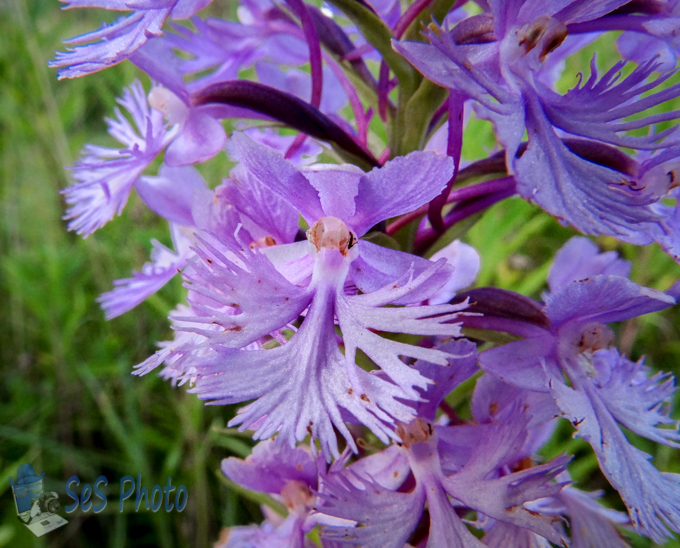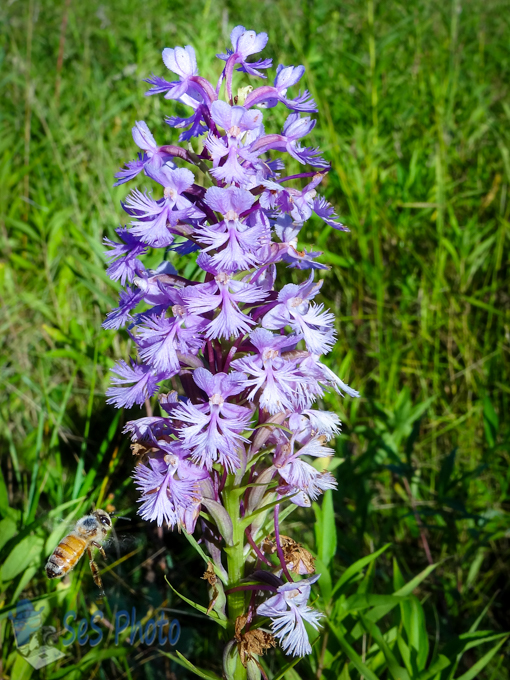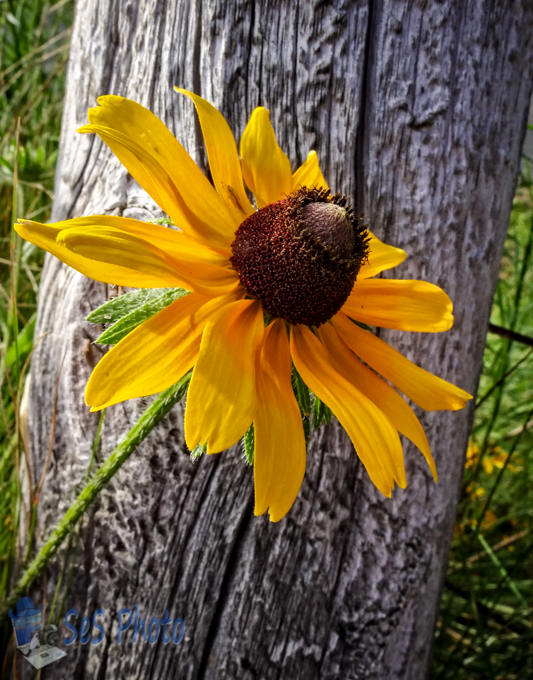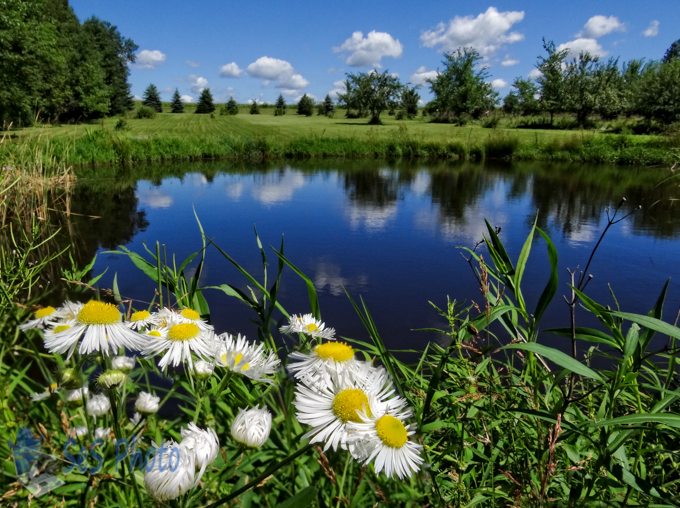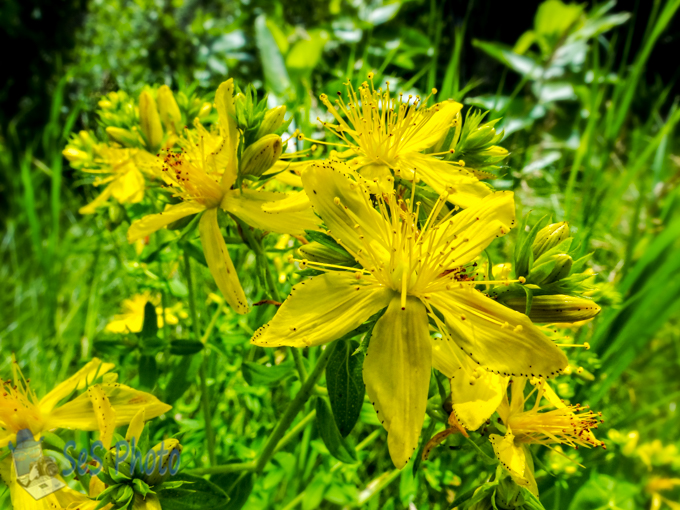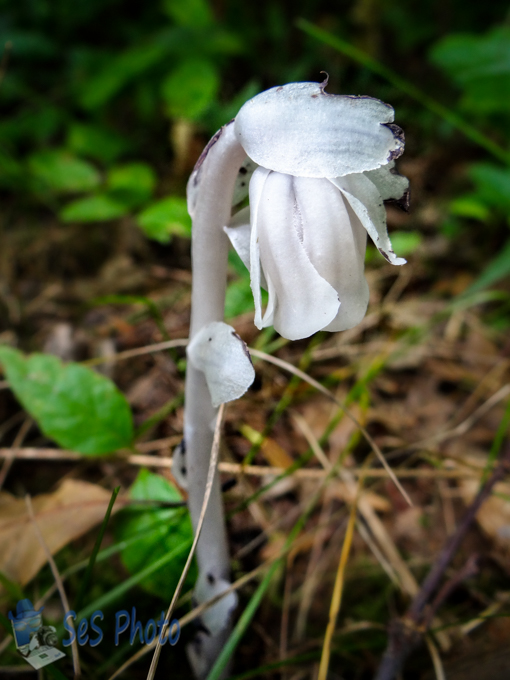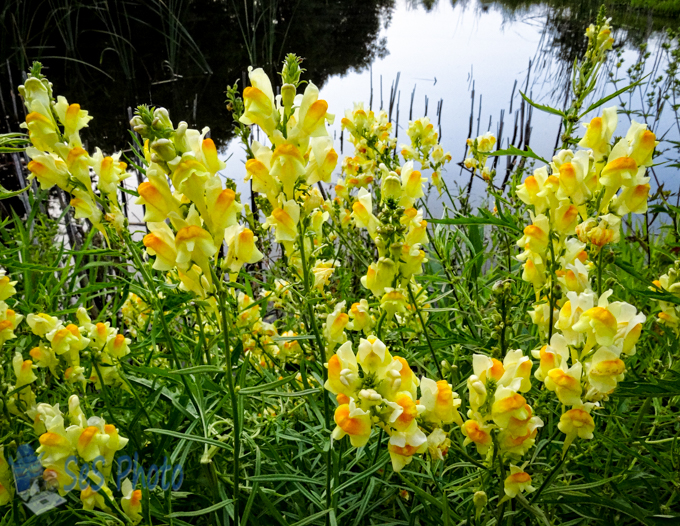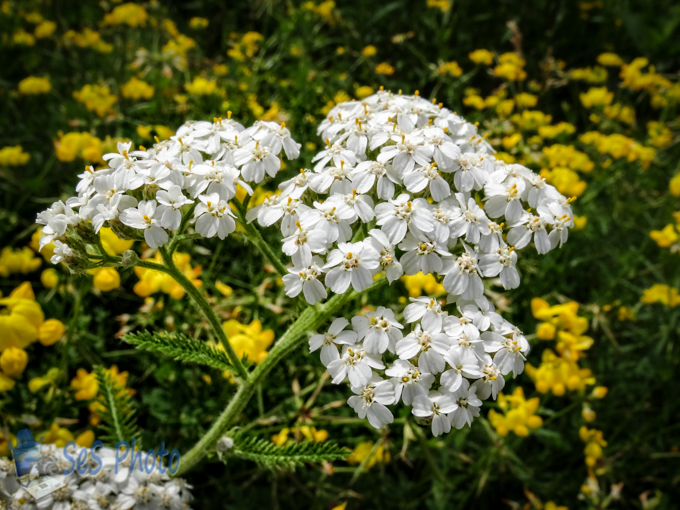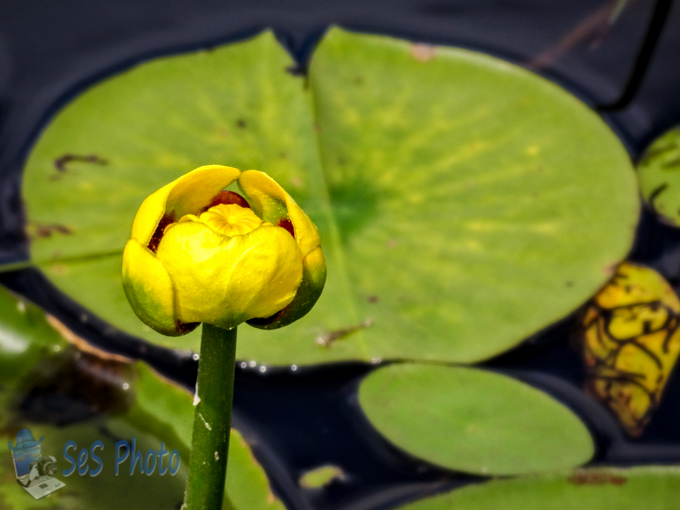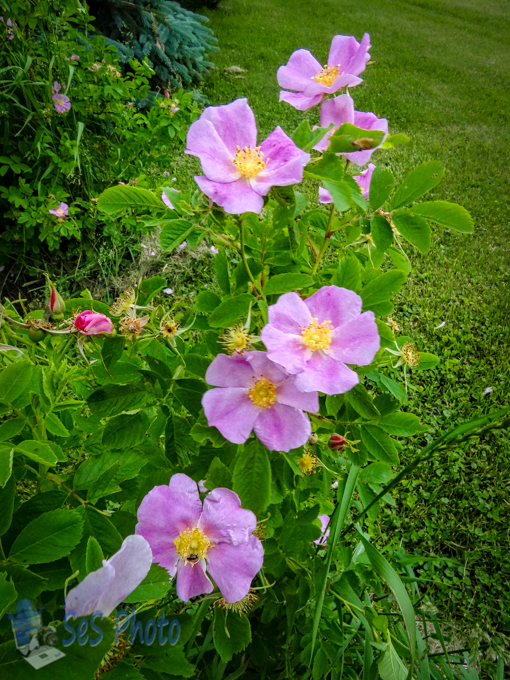One small perk of mowing lawn, especially on my trails, is that you get to see what flowers are blooming and last evening as the sun was setting and while finishing the last sections, I spotted a rare find. It had been thirty plus years since I had spotted the Lesser Purple Fringed Orchid while walking through the cow pasture on the farm so I was thrill to spot one last night. It is found in the Eastern US, but in some of those states it is listed as endangered, rare, or threatened, although Wisconsin is not one of those state, it is not a flower that I see very often in this area. Probably since they prefer wet habitats but with the rain this summer, my lawn is a wet habitat!
So I will have to venture out today in the daylight to get more pictures of the showy inflorescence of pinkish-purple dancing flowers of the Platanthera psycodes, meaning ‘butterfly like’, referring the spreading fringed petals, before someone mows it off or a deer eats it!
Lesser Purple Fringed Orchid
